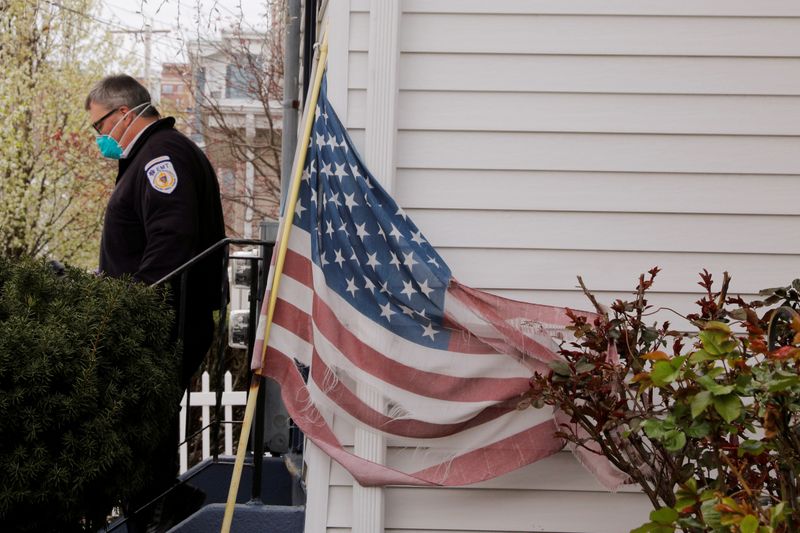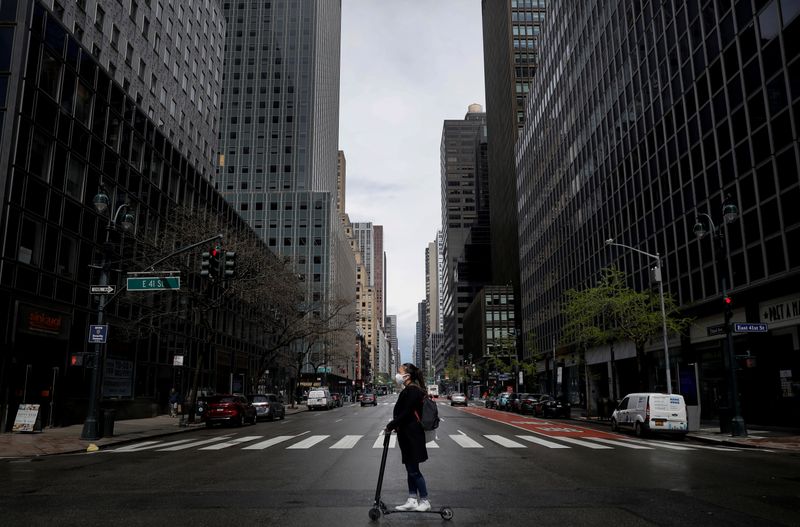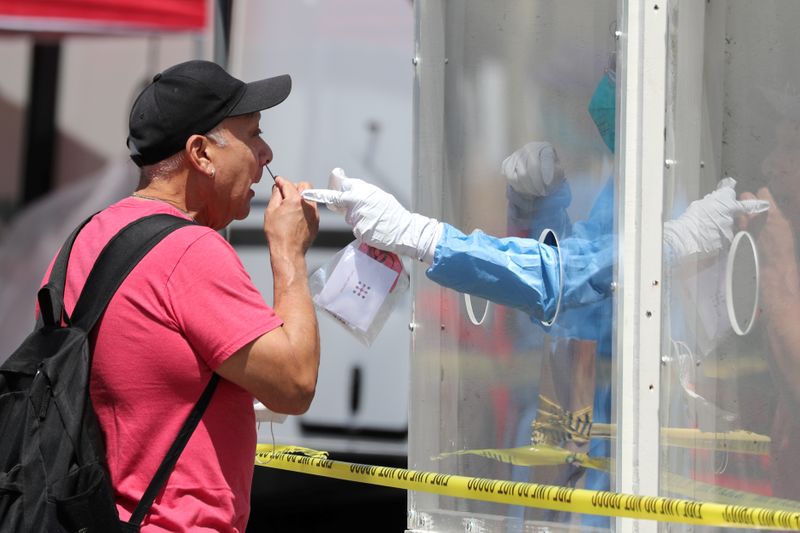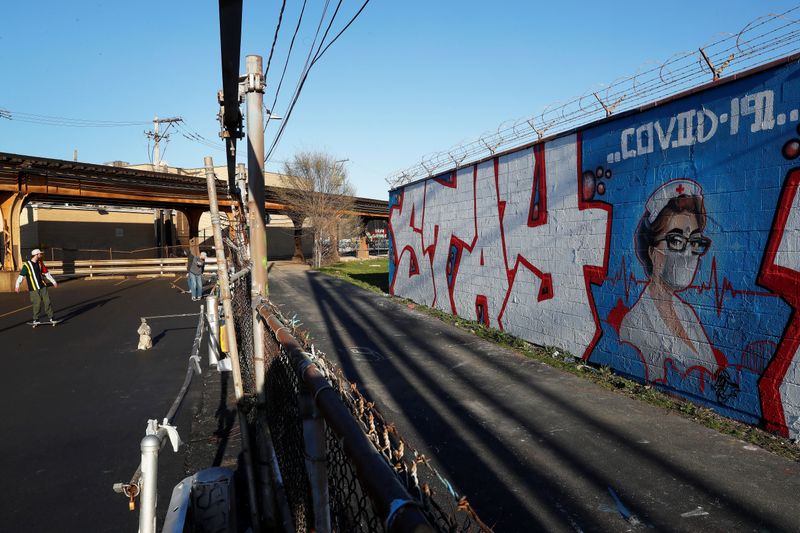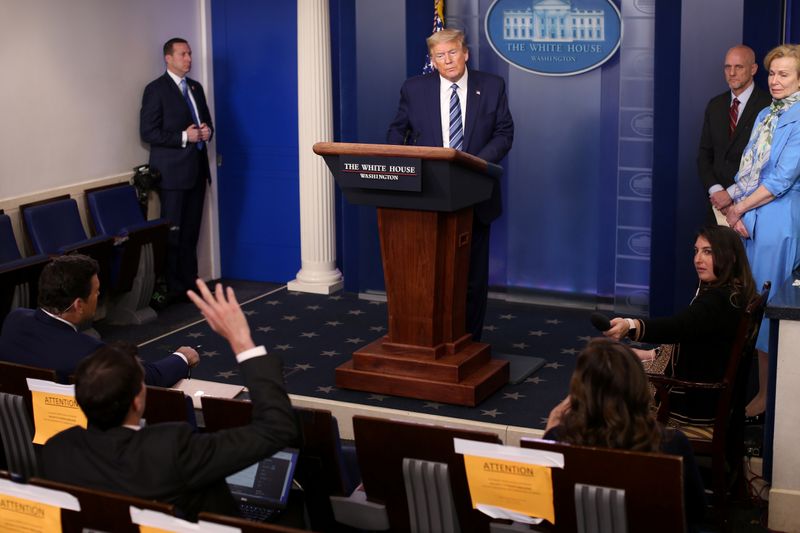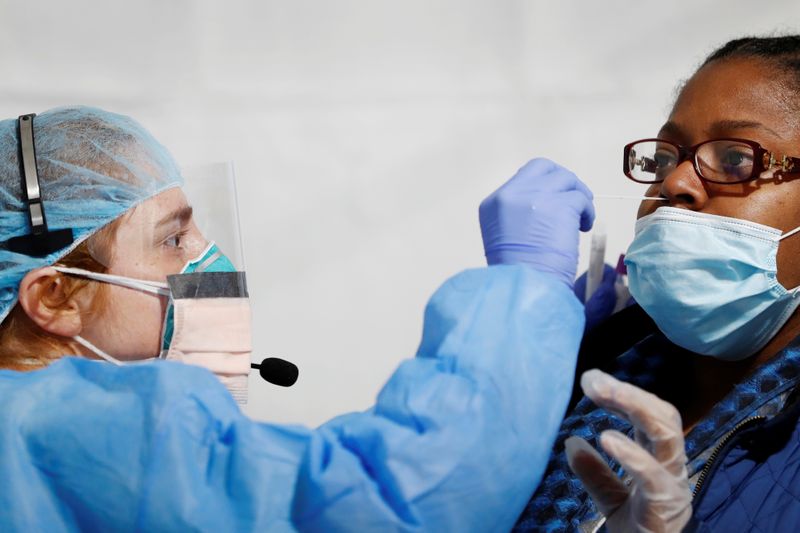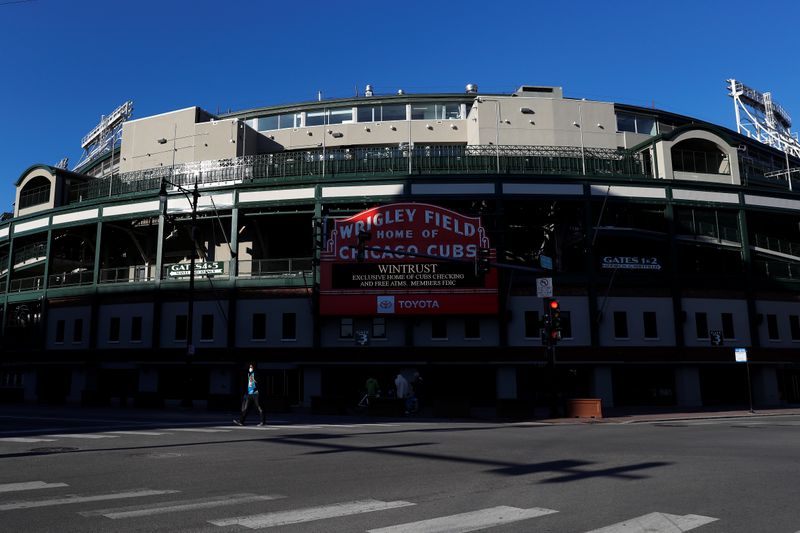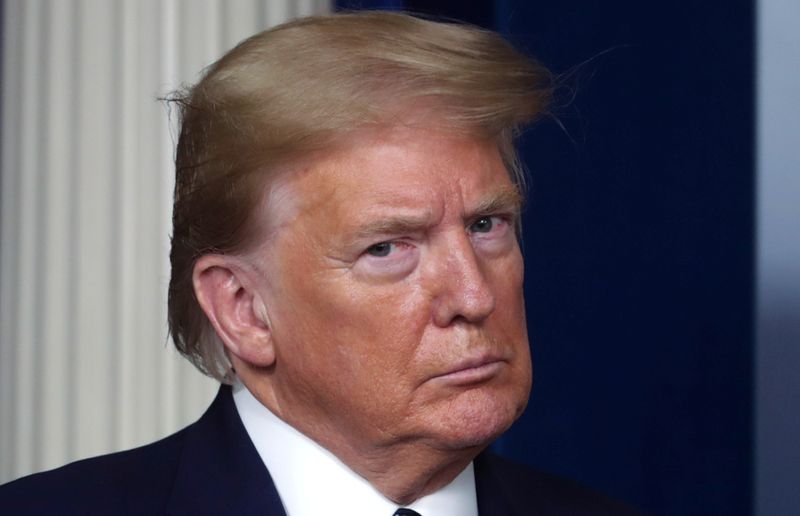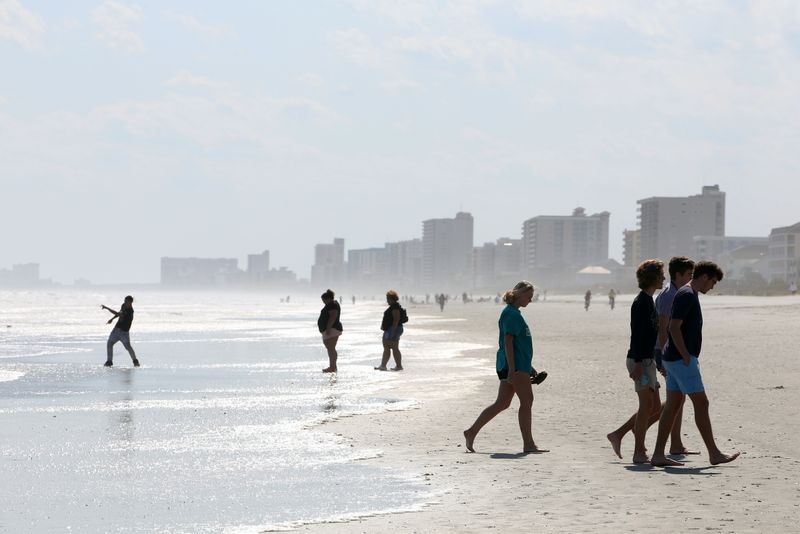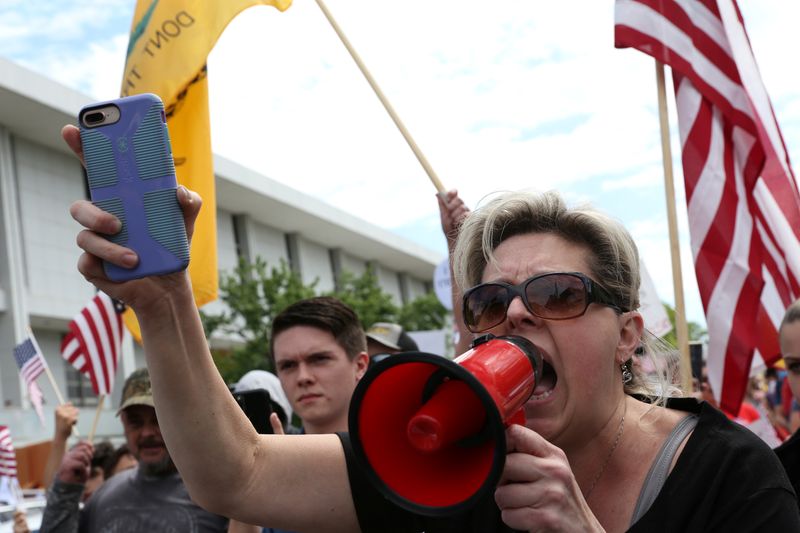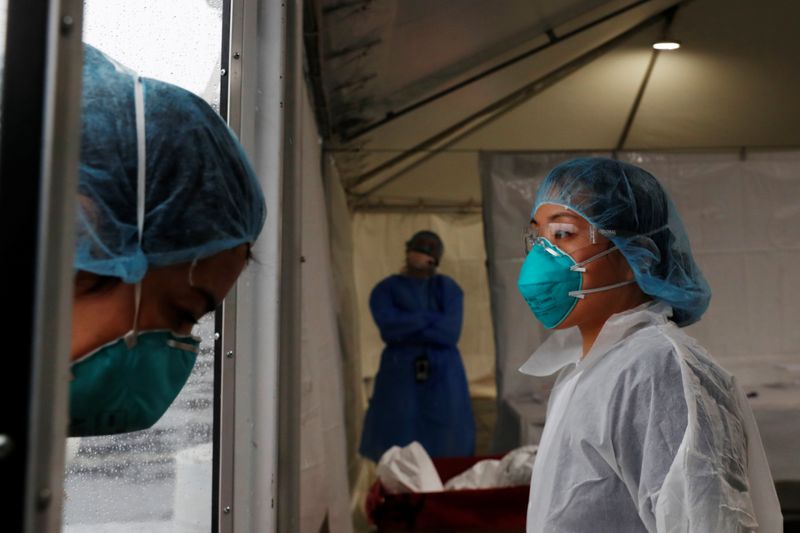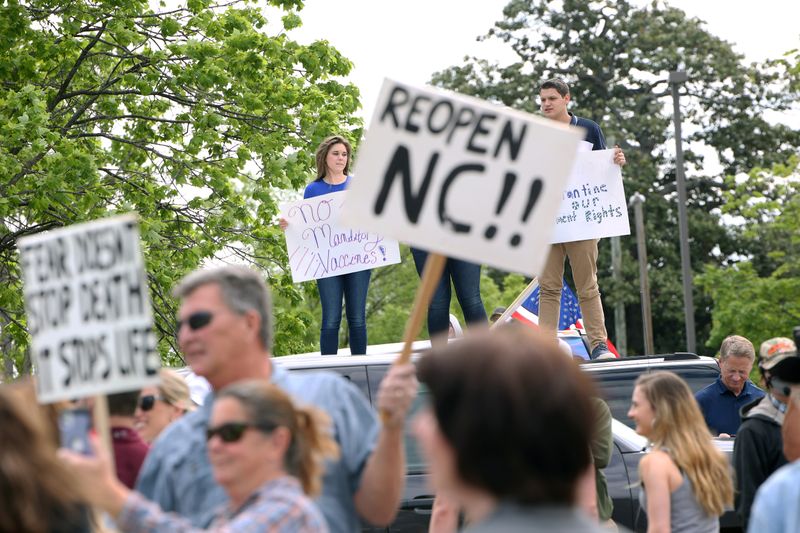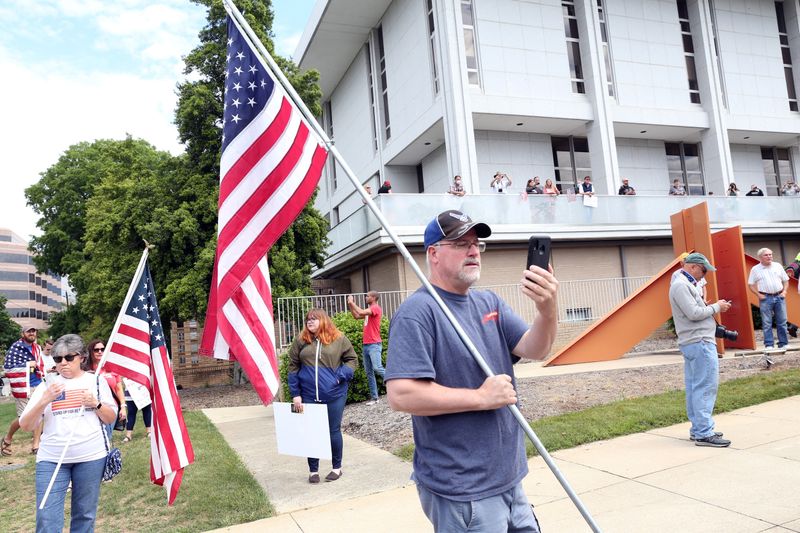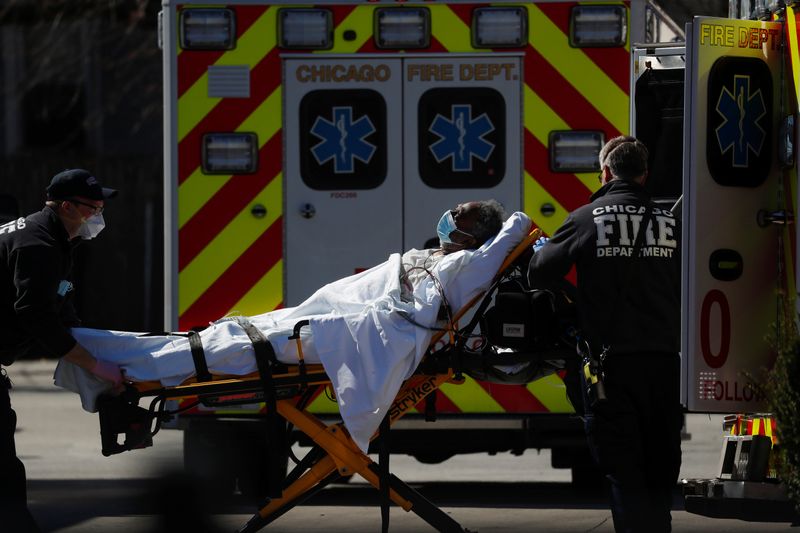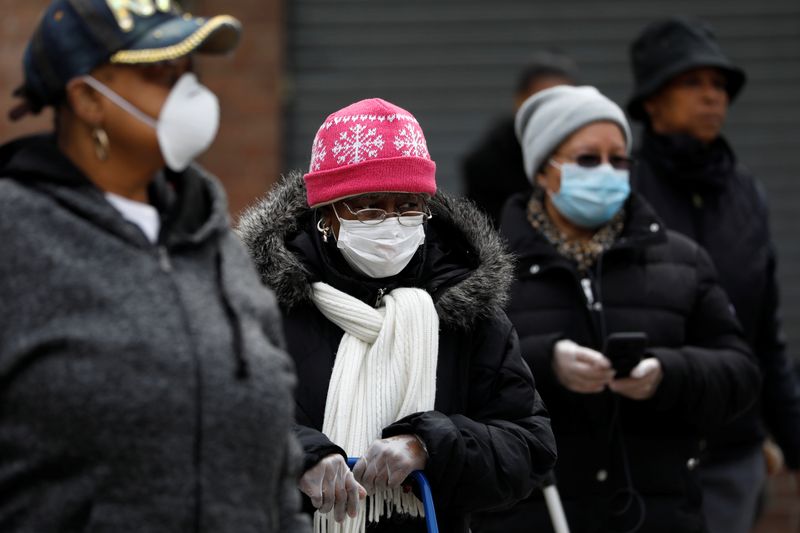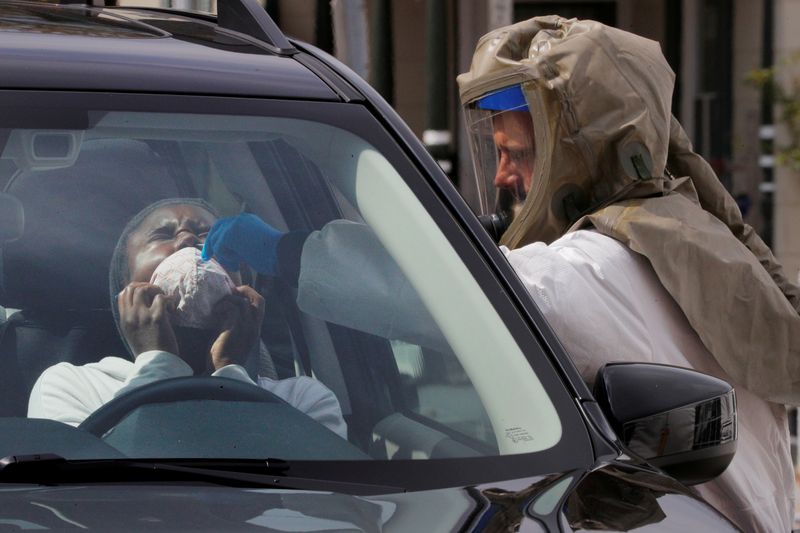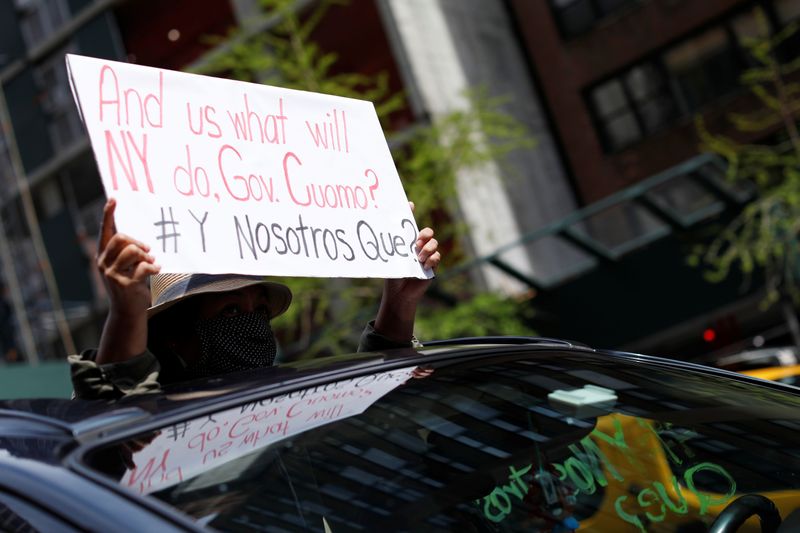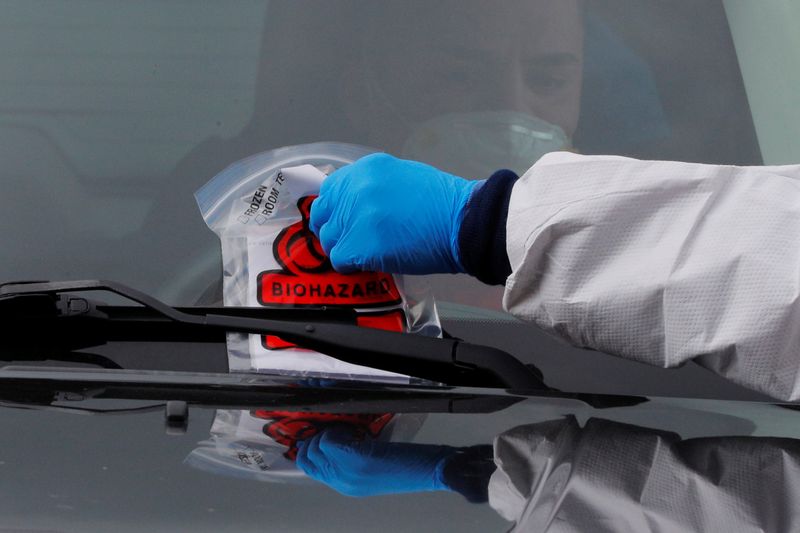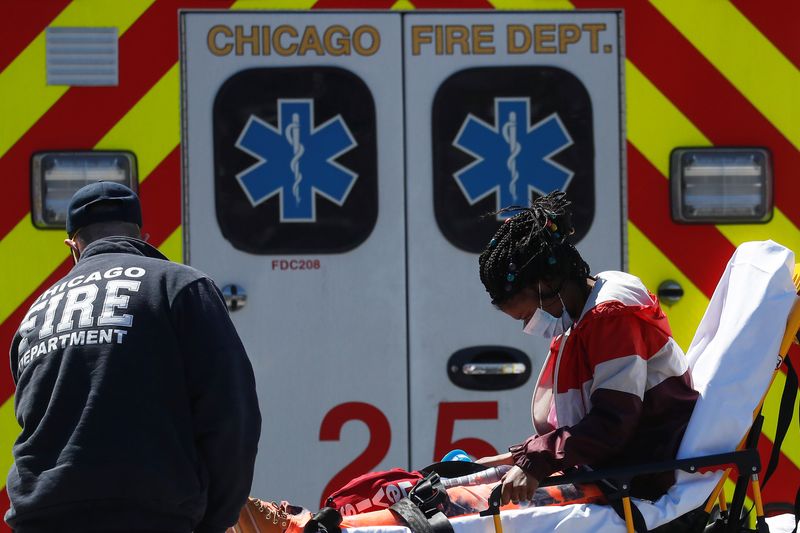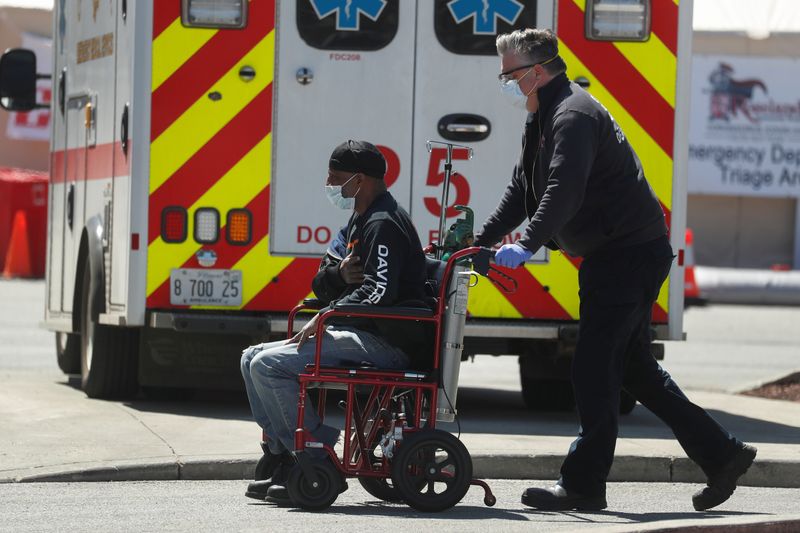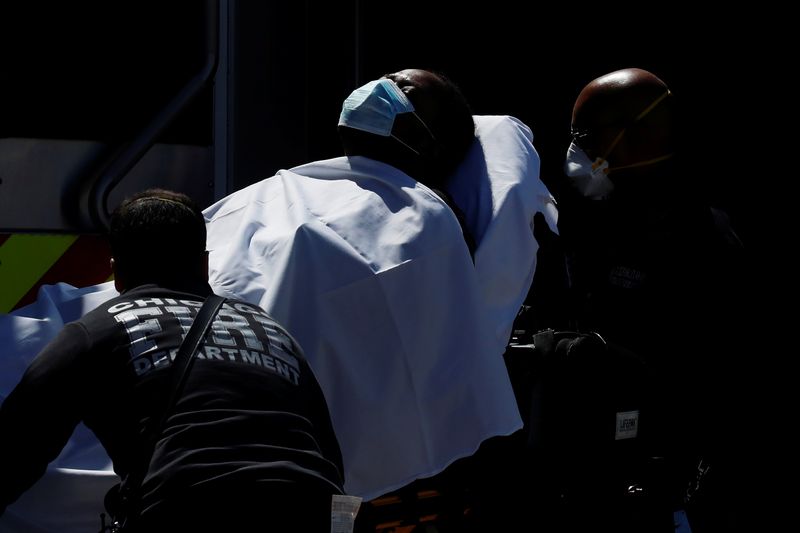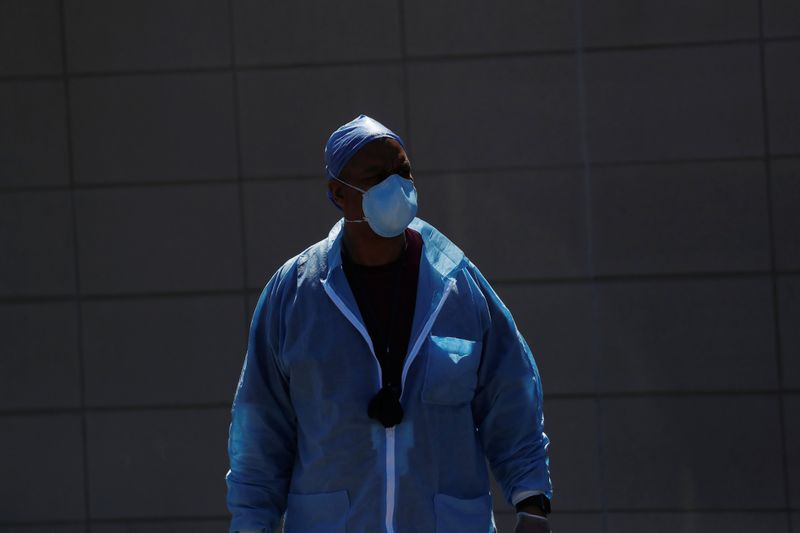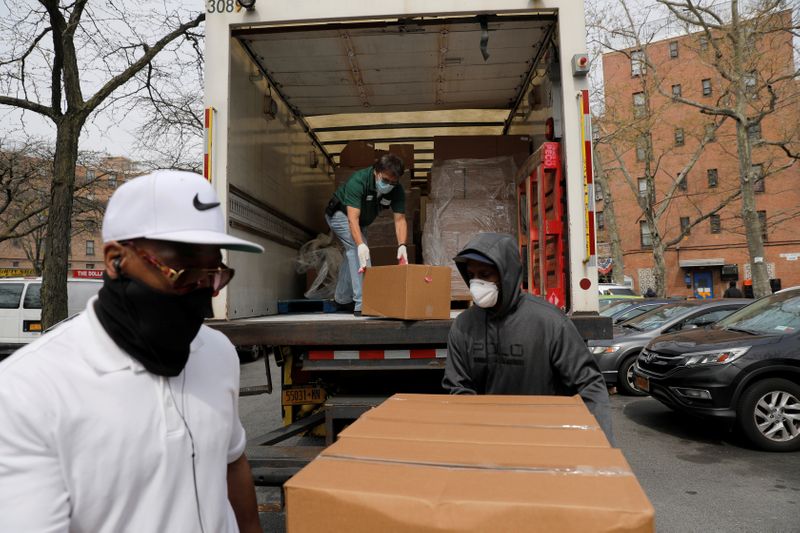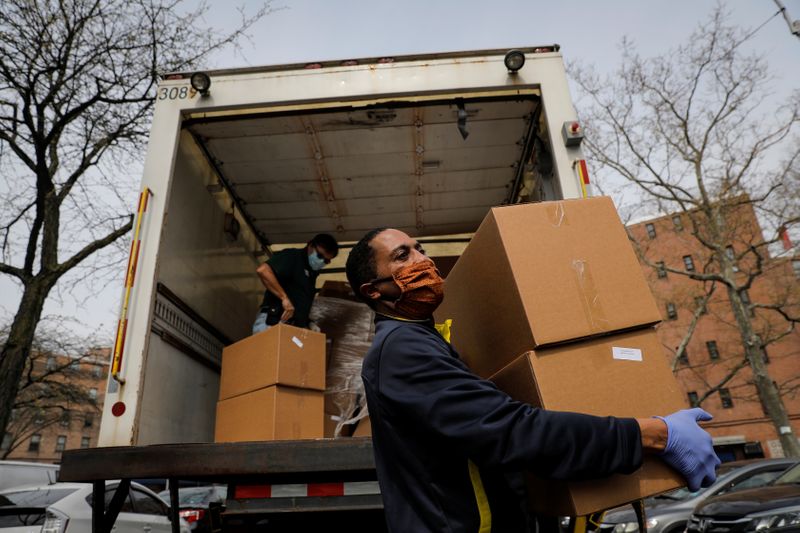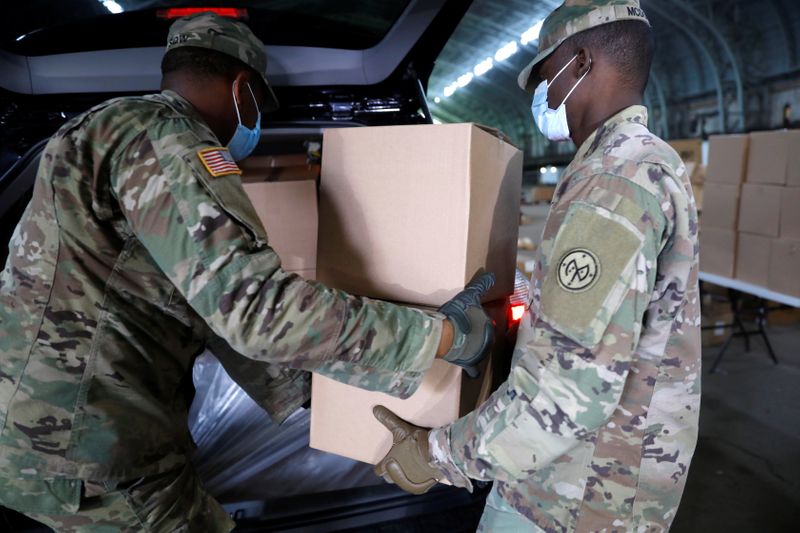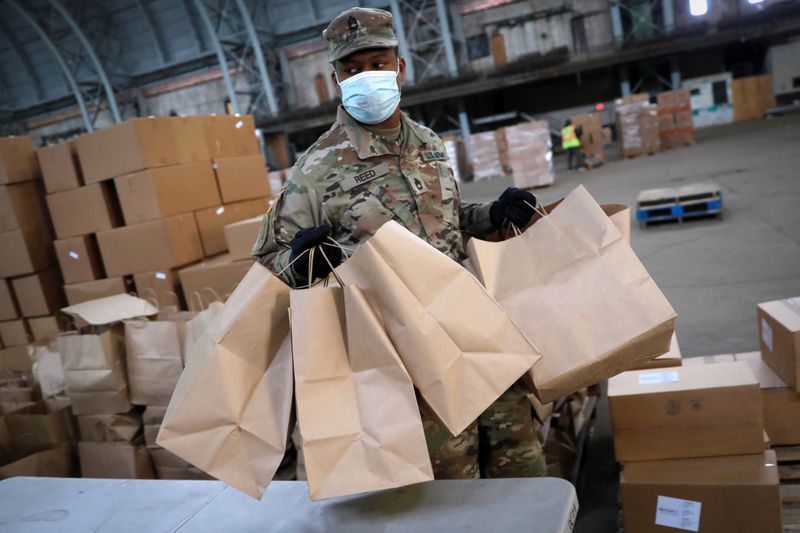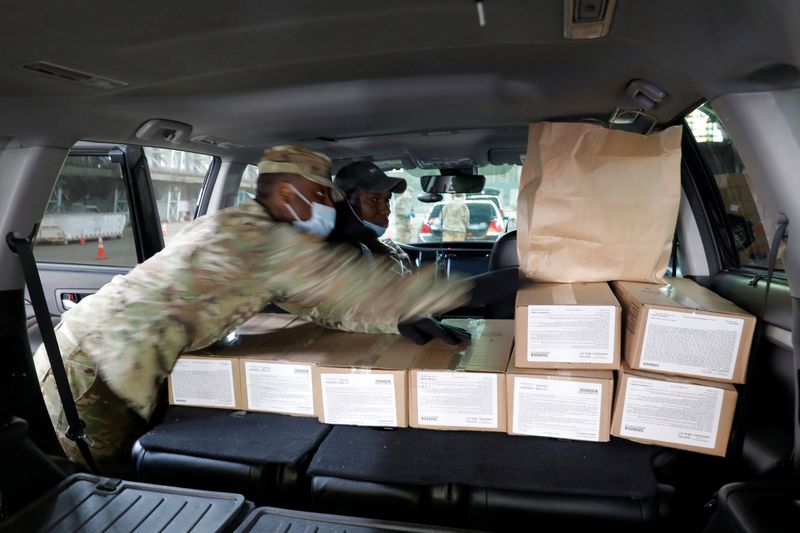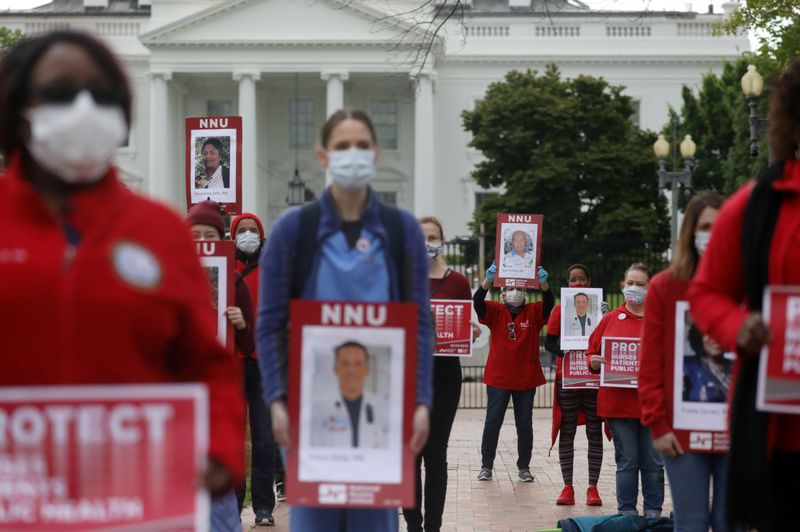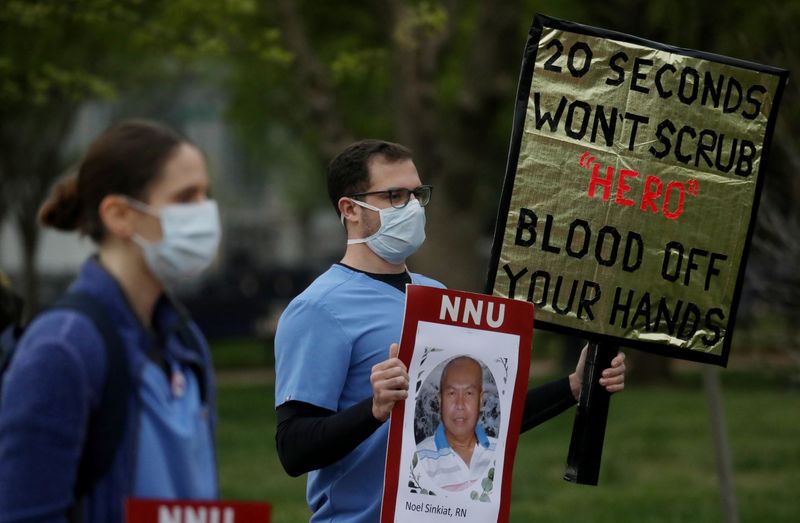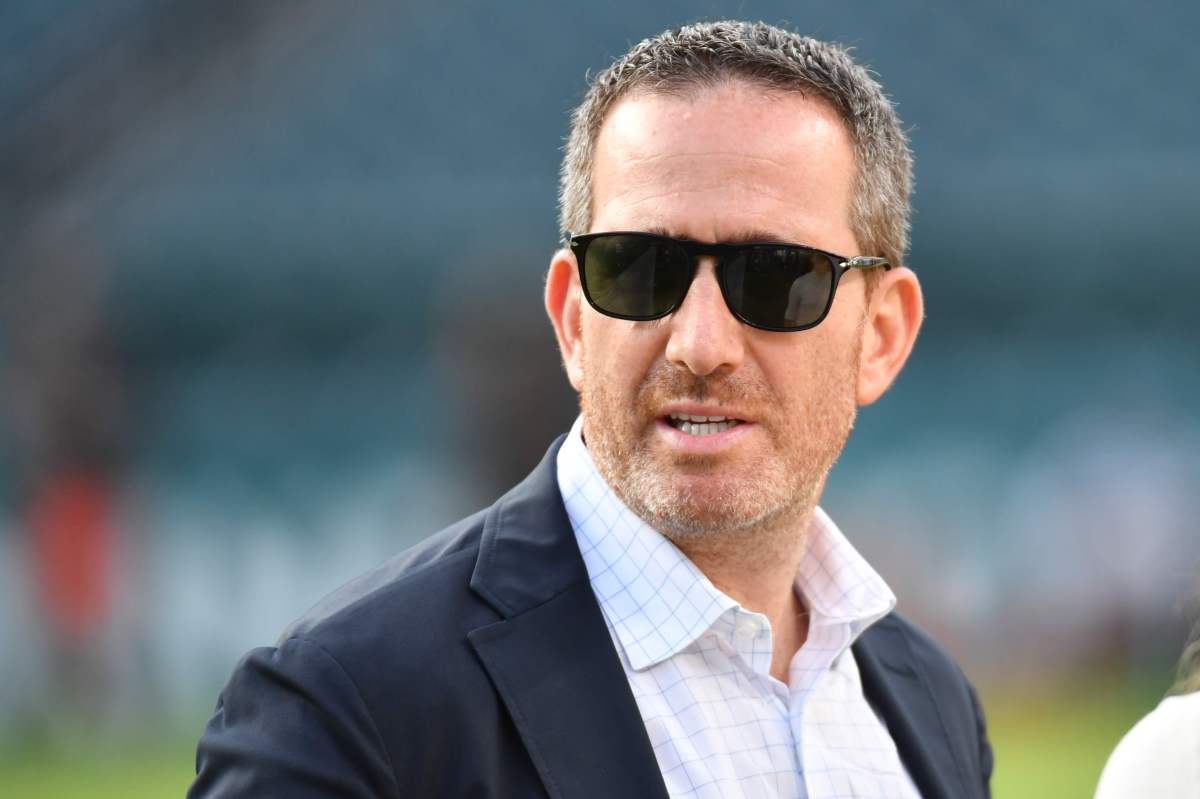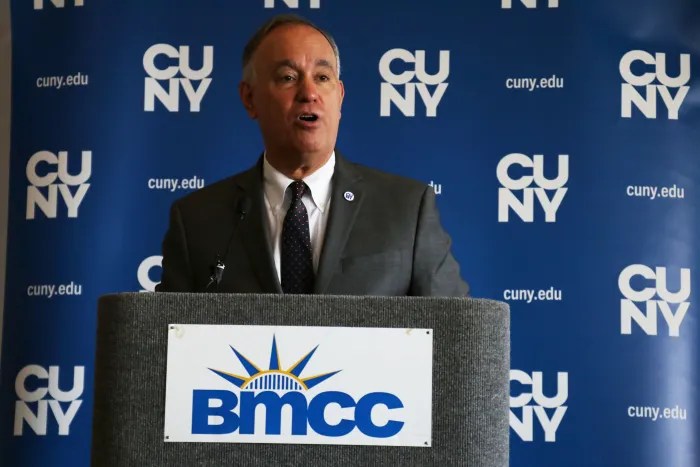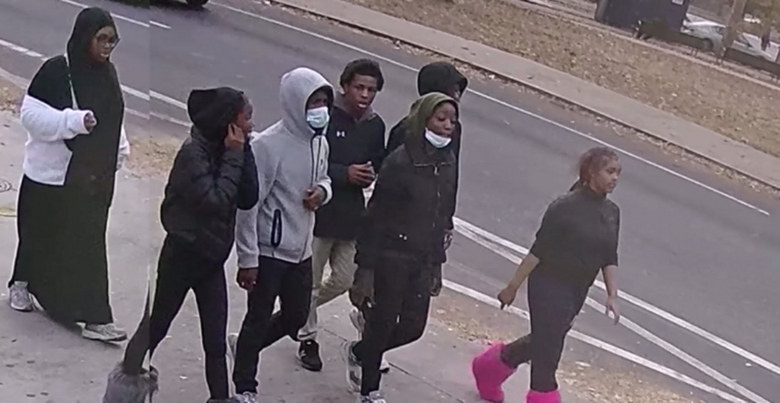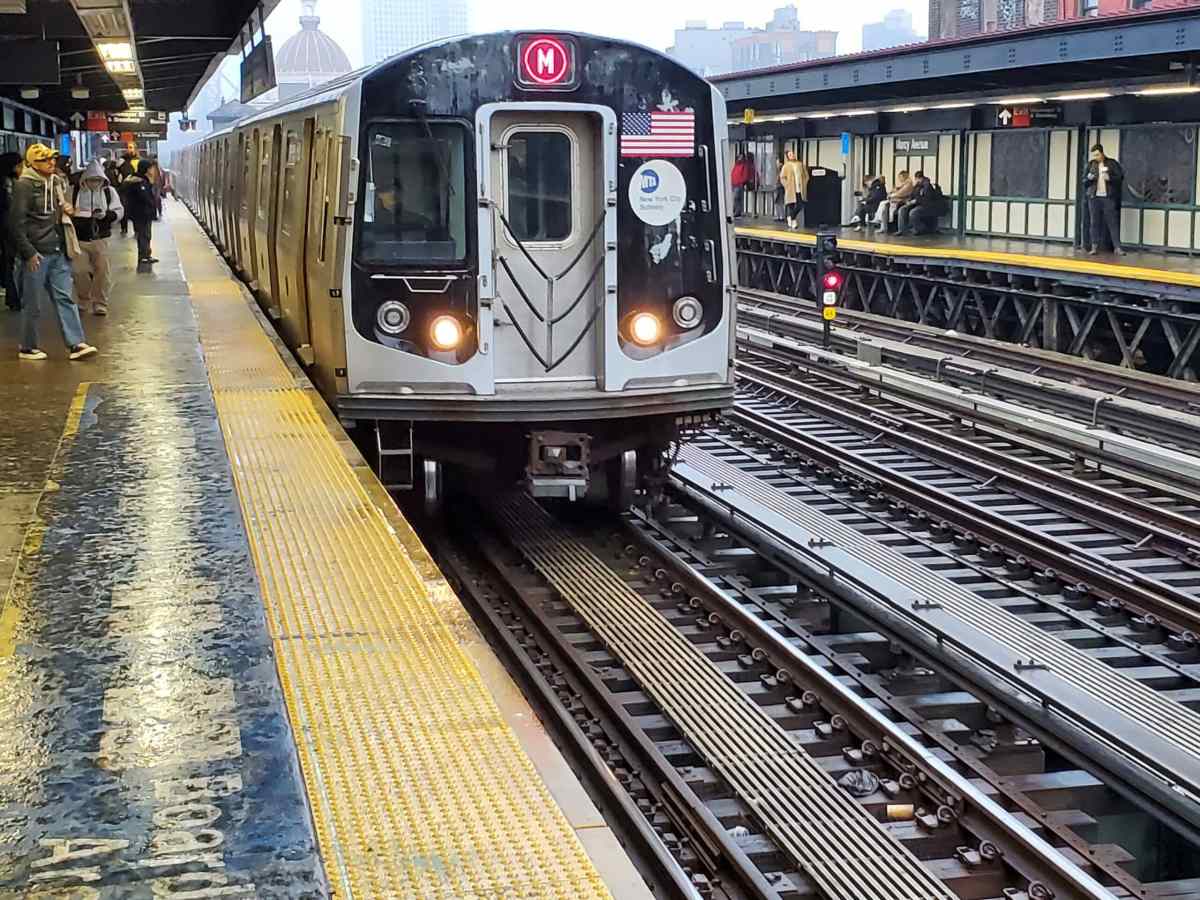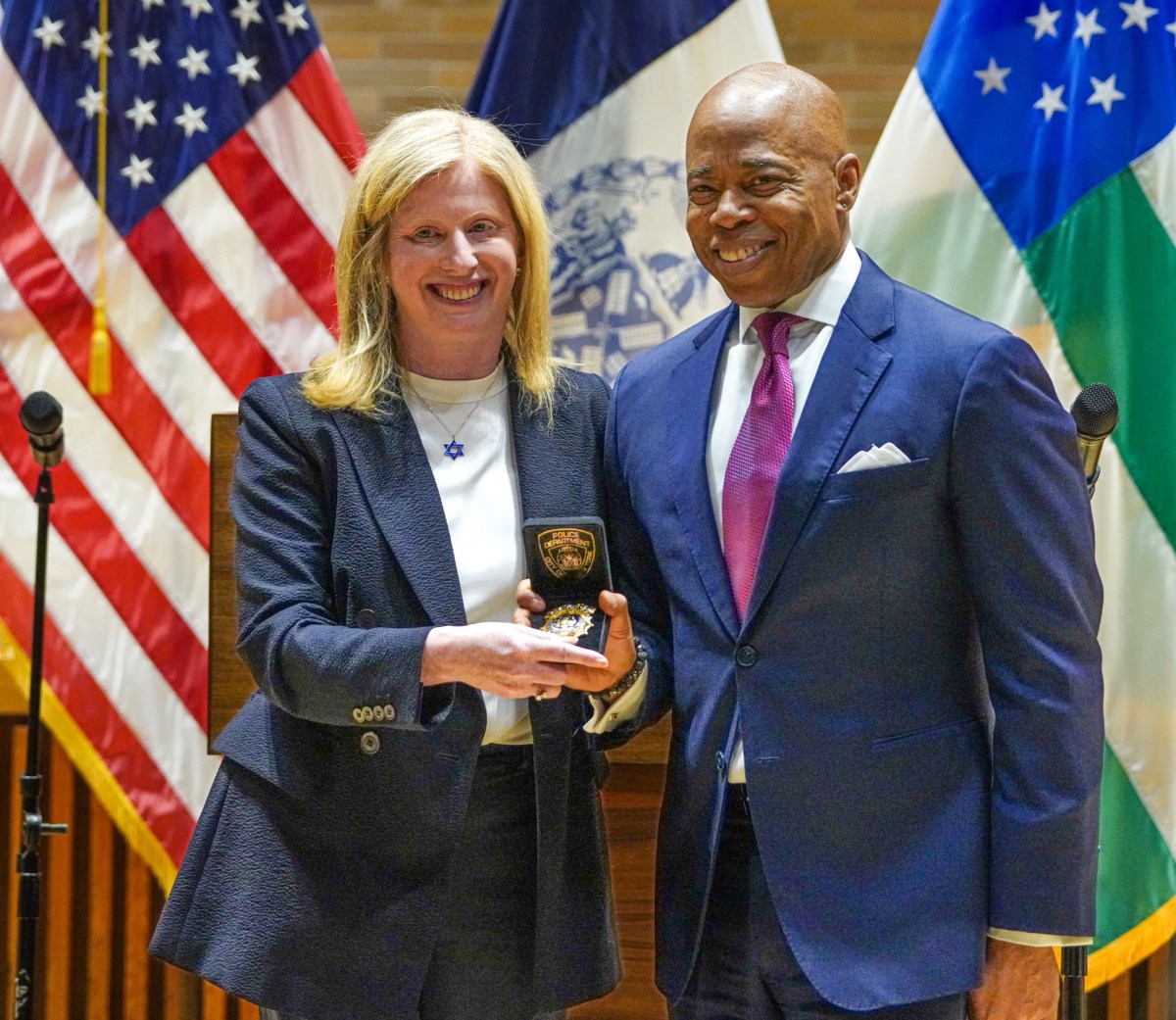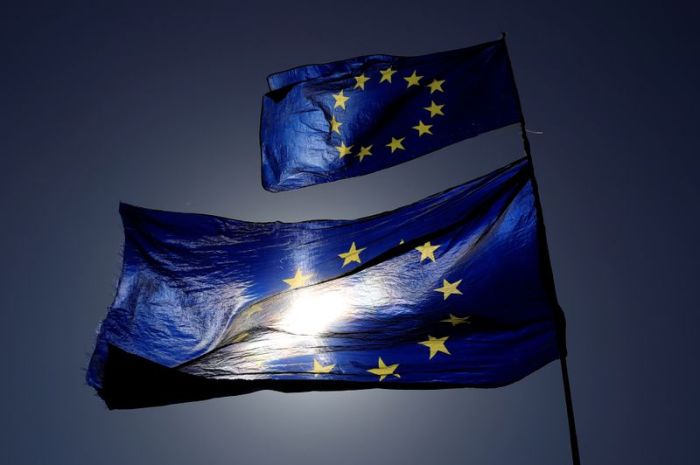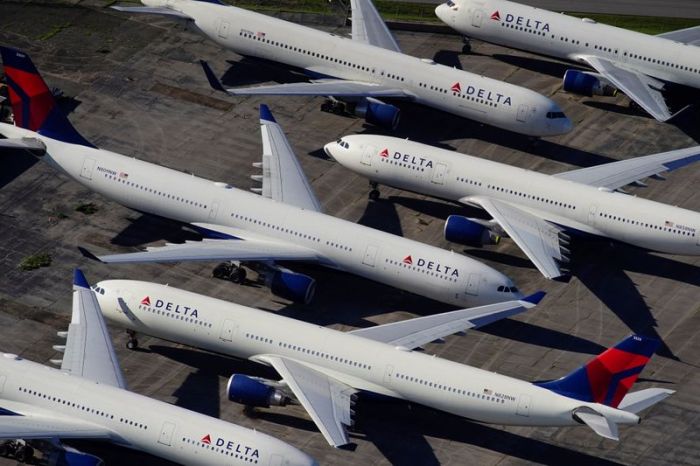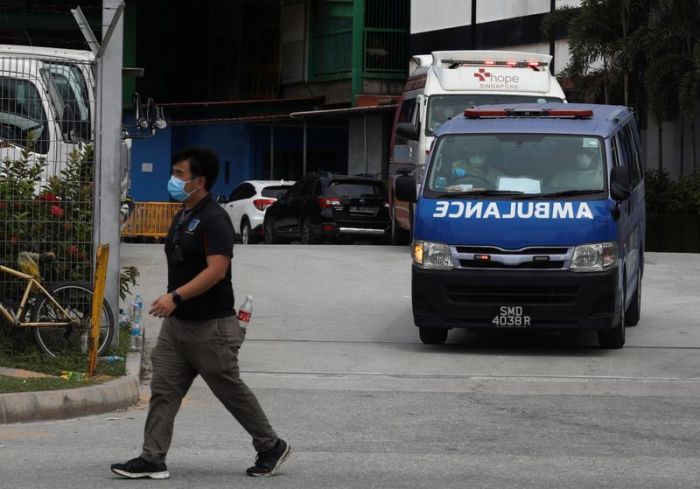ATLANTA (Reuters) – Governors of about half a dozen U.S. states pushed ahead on Tuesday with plans to partially reopen for business despite warnings by some health officials that doing so could trigger a new surge in coronavirus cases.
The easing of sweeping restrictions in Georgia, South Carolina and other mostly Southern U.S. states follows protests against rules imposed during the pandemic that shut down businesses and largely confined residents to their homes.
A Reuters/Ipsos opinion poll showed a majority of Americans believed stay-at-home orders should remain in place until public health officials determine lifting them is safe, despite the damage to the U.S. economy.
“It’s a matter of concern, this whole idea of opening up. It’s based on non-science generated parameters,” Dr. Boris Lushniak, dean of the University of Maryland School of Public Health, told Reuters in an interview.
Deaths from COVID-19, the respiratory illness caused by coronavirus, topped 45,150 nationwide as cases climbed to over 810,000, according to a Reuters tally.
New Jersey, Pennsylvania and Michigan each reported their highest single-day coronavirus-related death tolls – over 800 between the three states. New York state, the epicenter of the U.S. outbreak, reported 481 new deaths.
Governors are under pressure from businesses and some constituents to relax stay-at-home orders that have thrown over 20 million people out of work in the past month alone.
In Wisconsin, Republican lawmakers who filed a lawsuit against Democratic Governor Tony Evers, challenging his stay-at-home order that runs until May 26.
CDC WARNS OF FALL OUTBREAK
Tensions between U.S. President Donald Trump, a Republican, and local officials have risen over the U.S. government’s role in ramping up testing, which infectious disease experts say is key to enable a safe reopening.
Those experts say the United States, with a population of nearly 330 million people, should test 3 million per week to get an accurate sense of the virus’s reach. States have tested only a third of that number in the past seven days, according to the Covid Tracking Project.
Even as states move ahead with plans to reopen, the director of the Centers for Disease Control and Prevention warned a second wave of the coronavirus could be worse if it coincides with the start of seasonal flu season.
“There’s a possibility that the assault of the virus on our nation next winter will actually be even more difficult than the one we just went through,” CDC Director Robert Redfield said in an interview with The Washington Post.
Georgia is among a half dozen states that will allow more business activity this week or next.
Brian Kemp, Georgia’s Republican governor, will allow gyms, hair salons, bowling alleys, tattoo and massage parlors to reopen on Friday, followed by movie houses and restaurants next week.
Kemp said his plan balances public health with the need to reignite the state’s economy, saying social distancing rules would remain in place.
Georgia has reported 174 positive cases and six deaths per 100,000 people, both below the national average, according to a Reuters analysis of data collected by the Covid Tracking Project.But the state also has one of the lowest testing rates, giving health officials less data on the reach of the illness to base decisions on reopening, the data showed.
“Don’t go out,” Savannah Mayor Van Johnson, a Democrat, told residents of the eastern Georgia city during a news conference. “People will not come here if they think our businesses are not safe.”
CUOMO MEETS TRUMP
New York Governor Andrew Cuomo emerged from a meeting with Trump at the White House and said the president had agreed to help his state procure chemical reagents and other supplies needed to double testing capacity.
Cuomo said it was up to his state to help labs boost their testing capacity and to organize the workers needed to take more samples.
“That is an intelligent division of labor,” Cuomo said at a press briefing. “Let each level of government do what it does best.”
The governor said New York would try to double the number of people it tests each day – including diagnostic and antibody tests – to 40,000, characterizing the task as an “enormous undertaking” that would take weeks.
Democratic Governor Gavin Newsom of California, the most populous U.S. state, said despite evidence the outbreak was slowing there, cases and deaths were still rising.
Over the seven-day period ending on Sunday night, the number of deaths in California nearly doubled, and the number of new cases increased by nearly 50%, state data showed.
Newsom promised to release a detailed plan for testing and reopening on Wednesday, but cautioned it was too soon to loosen public health restrictions.
In Washington, D.C., the U.S. Senate unanimously approved $484 billion in additional coronavirus relief for the U.S. economy and hospitals treating patients sickened by the pandemic, sending the measure to the House of Representatives for final passage later this week.
(This story corrects the number of positive cases per 100,000 to 174 from 174,000 in paragraph 16)
(Reporting by Susan Heavey and Andy Sullivan in Washington, Rich McKay in Atlanta, Maria Caspani and Jessica Resnick-Ault in New York and Nathan Layne in Wilton, Connecticut; Brendan O’Brien in Chicago, Sharon Bernstein in Sacramento and Steve Gorman in Los Angeles; Writing by Grant McCool and Dan Whitcomb; Editing by Bill Tarrant and Lincoln Feast.)

